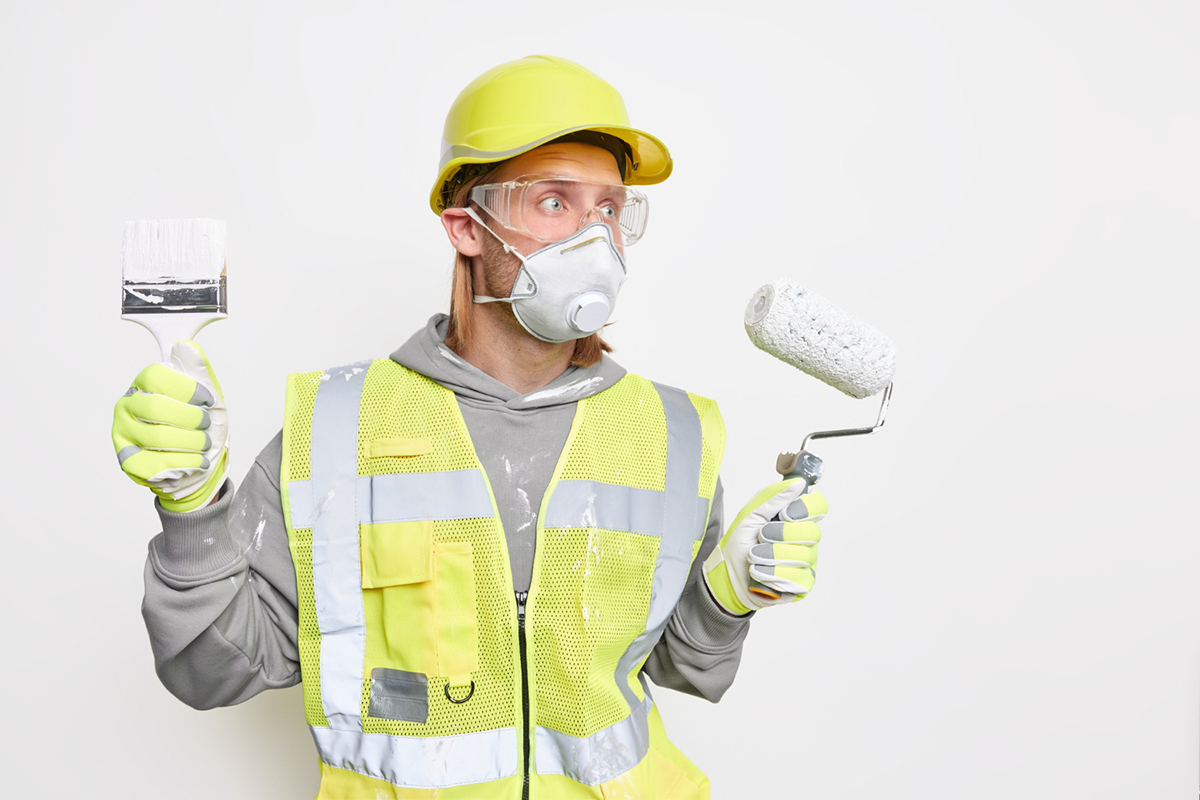Safety and Health Hazards in Commercial Painting

Commercial painting is a broad industry that involves a range of tasks including surface preparation, painting, coating, and cleaning. As much as painting is an essential part of interior and exterior decoration, it can pose several health and safety hazards. As a commercial property owner or manager, it's imperative to understand the potential hazards that the painters and your business may face during a painting project. This article delves into some of the safety and health hazards that you and your painter must know before embarking on any painting projects.
1. Exposure to Hazardous Fumes
Paints, solvents, and coatings contain harmful chemicals that can cause respiratory problems, headaches, nausea, and skin irritation. Therefore, proper ventilation must be established during the painting project to ensure the health and safety of the painters and building occupants. Additionally, painters must wear appropriate personal protective equipment (PPE) such as respirators, gloves, clothing, and goggles.
2. Falls and Slips
Painting work usually involves accessing elevated areas, and painters must climb ladders, scaffoldings or work on elevated platforms. Such tasks often present risks of falls, sprains, and fractures. To mitigate such dangers, ensure that painters follow the correct safety procedures, such as using safety harnesses, protective gear, and that they do not work in harsh weather conditions such as rain or wind.
3. Electric Shock and Fire Hazards
In commercial painting, painters need to use electrical equipment, such as sanders and grinders, which may pose electric shock risks. Moreover, some painting works may generate high temperatures, leading to fire outbreaks. The use of non-flammable/flammable materials and properly grounded electrical sources along with the appropriate safety clearance must be observed to reduce these risks.
4. Proper Handling and Storage of Paint
Handling, storing, and disposing of paint material is another critical issue in commercial painting activities. Faulty handling of paint drums, not labeling the containers, and disposing of hazardous paint materials improperly can cause health hazards and damage to the environment. Painters are required to follow safe handling practices and properly store and label painting materials for future use.
5. Noise Pollution
Painting tools and equipment such as drills, sanders, and sprayers generate hazardous noise levels. When exposed to loud noises for long periods, painters or occupants may suffer hearing damage, stress, and fatigue. To mitigate this hazard, painters must wear hearing protection gear or work in a well-insulated working environment.
Conclusion
Commercial painting is a crucial and intricate process that requires a lot of care, attention, and precaution. As such, building owners or managers must prioritize safety and health during all commercial painting endeavors. Both the painter and the business owner must be proactive in identifying potential safety and health hazards that can arise during the painting exercise. Moreover, it's imperative to follow safe painting practices, wear appropriate personal protective gear, and invest in quality painting equipment. If you're looking for professional painters, choose the best painters in Winter Springs, FL, by contacting Lakestone Painting. Our painters comply with all OSHA standards and go above and beyond to ensure your safety and satisfaction.